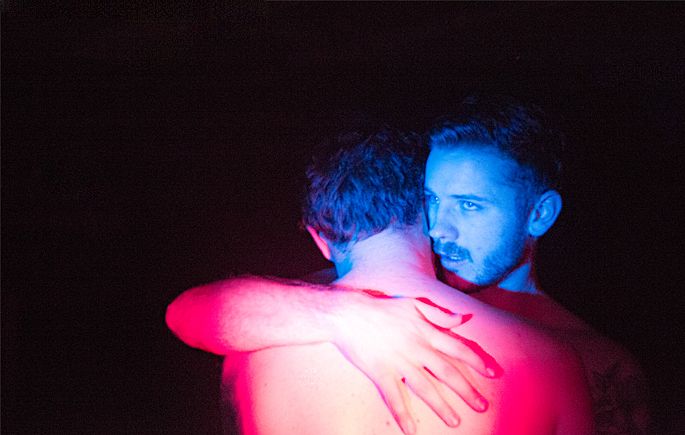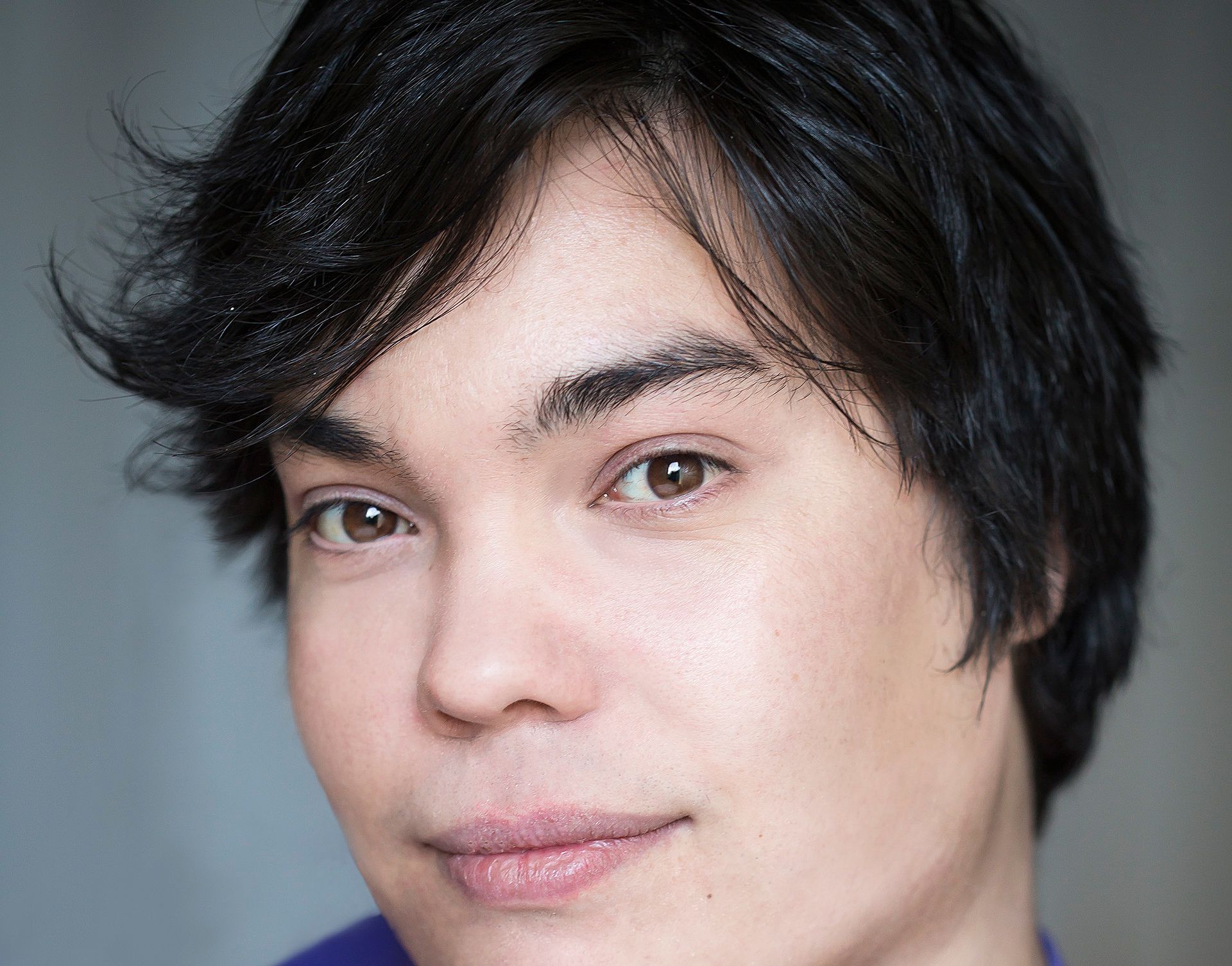Review: Hook-Up Boys
Sam Brooks reviews Hook-Up Boys, a new collection of vignettes at The Basement that lacks in diversity and variety in its form just as much as in its content.
Sam Brooks reviews Hook-Up Boys, a new collection of vignettes at The Basement that lacks in diversity and variety in its form just as much as in its content.
There are so many ideological hooks to hang a criticism on, especially in the hyper-sensitive world of 2016, far before you come to criticising the actual craft. It would be easy to criticise a show like Hook-Up Boys for not representing my truth. It’s very easy as a gay man, or as any othered person, to pick on something that claims to represent something that you hold close to yourself for not representing your truth. It would also be easy to criticize Hook-Up Boys for its lack of diversity, because it’s jarring to see a show in 2016 that professes to tackle the modern gay experience with a cast of six white actors. But where Hook-Up Boys falls short the most is that it fails to engage with the “modern gay experience” that it presents with any weight, and this is as much due to the form it takes as it is execution.
The debut full-length show from playwright-director and Legacy Project founder Bruce Brown, Hook-Up Boys is about gay men wanting some kind of connection, whether it’s through hooking up or something deeper. Even though it is billed as one show, Hook-Up Boys is actually six unconnected 10-15 minute pieces of short theatre, and it falls into many of the traps of the form.
Short theatre is hard to do. Too often it can feel like a workshop for an undeveloped piece, or a stepping stone to something longer. At its worst it can feel like something that should have been allowed to breathe for an hour but is forced to hyperventilate for ten minutes instead, and even worse it can feel like a logline stretched out to meet a time limit.
For every piece that fits snugly and comfortable into the format, most notably a piece where two high school boys have an authentically awkward discussion about sexuality, there’s two that feel like concepts that haven’t been fleshed out, like a conversation at a sauna or two strangers meeting to cheat on their boyfriends. In these pieces, each conversation point and beat is stretched far beyond plausibility, with back-and-forth dialogue and references filling in for character development and plot. The thin concepts labour under the weight of having to fill a certain amount of time, and the effect is numbing.
Hook-Up Boys lacks variety, on almost every level. The formula of the show - two men talk to each other about something, usually something that isn’t happening in front of us, for ten-to-fifteen minutes - becomes rote after the second vignette, and there is very little variety in pace, structure or voice to inject life into that formula. The dialogue sounds like it’s coming from the same place, the characters talk in the same heightened rhythms, whether they’re a middle-aged man cruising a sauna or a teenage boy awkwardly coming out to his friend, and the result is twelve characters who feel like variations on the same human.
The structure within the scenes also lacks variety. The twist in each piece comes at roughly the same time, so before long the audience is primed to expect a subversion of the scene they’re given and they’re preparing for that more than they are buying into the characters. As a result, the characters feel even slighter, like pieces on a chessboard.
Even more crucially, the show lacks a variety in stakes. The characters in all six pieces have little to lose, and not enough is at risk for us to buy into their dilemmas. This is a problem inherent with the form as much as it is with the execution; with fifteen minutes you don’t have the space to take a character or a situation to extremes, especially within the bounds of rigid naturalism. Brown’s characters don’t go from one-to-ten, they go from four-to-six, because there’s not the space to allow them that degree. When you’re going from four-to-six six times in the space of an hour, it gets monotonous and whatever engagement an audience could have is diminished.
The fifth piece, Top and Tail, is the strongest, most authentic and specific: it details two teenagers struggling with the strange intersection of sexuality and friendship, but by this point, the formula of Hook-Up Boys is so well-established that the audience knows there isn’t anything huge at stake. Nobody is going to die, nobody is going to change, and everything is going to be just fine.
The six actors play two characters each throughout the show, and despite this, they’re given little to work with. Their characters are largely written to fill the concept of each vignette rather than feeling like full-bodied humans with a life outside of their allotted ten minutes. Dion Greenstreet finds edges and specificity in his characters, and his scenes spark with a presence where others fall into patterns, while Ciarin Smith sharpens Brown’s dialogue with a believable and very real venom.
Hook-Up Boys is, perhaps intentionally, a study of a very specific kind of a gay man, a gay man whose primary issue is who he wants to sleep with. Any issue of race, class, privilege or any of the stakes inherent with those things are not addressed or acknowledged, and even the issue of sexual fluidity is more brushed against than really wrestled with. No one show can cover the entirety of the modern gay experience, and it’s folly to even try, but when a show’s portrayal of the modern gay experience is this homogenised, both in content and diversity, it’s difficult to take it in with any weight. That isn’t a strike against the show outside of context, but in this context, in 2016, in Auckland, in New Zealand, there’s a limit to how much an audience can engage with a show that isn’t engaging with that much to begin with.
Hook-Up Boys runs at
The Basement Theatre, Auckland
from Tuesday 20 September to Saturday 24 September
For tickets to and more information about Hook-Up Boys, go here.


